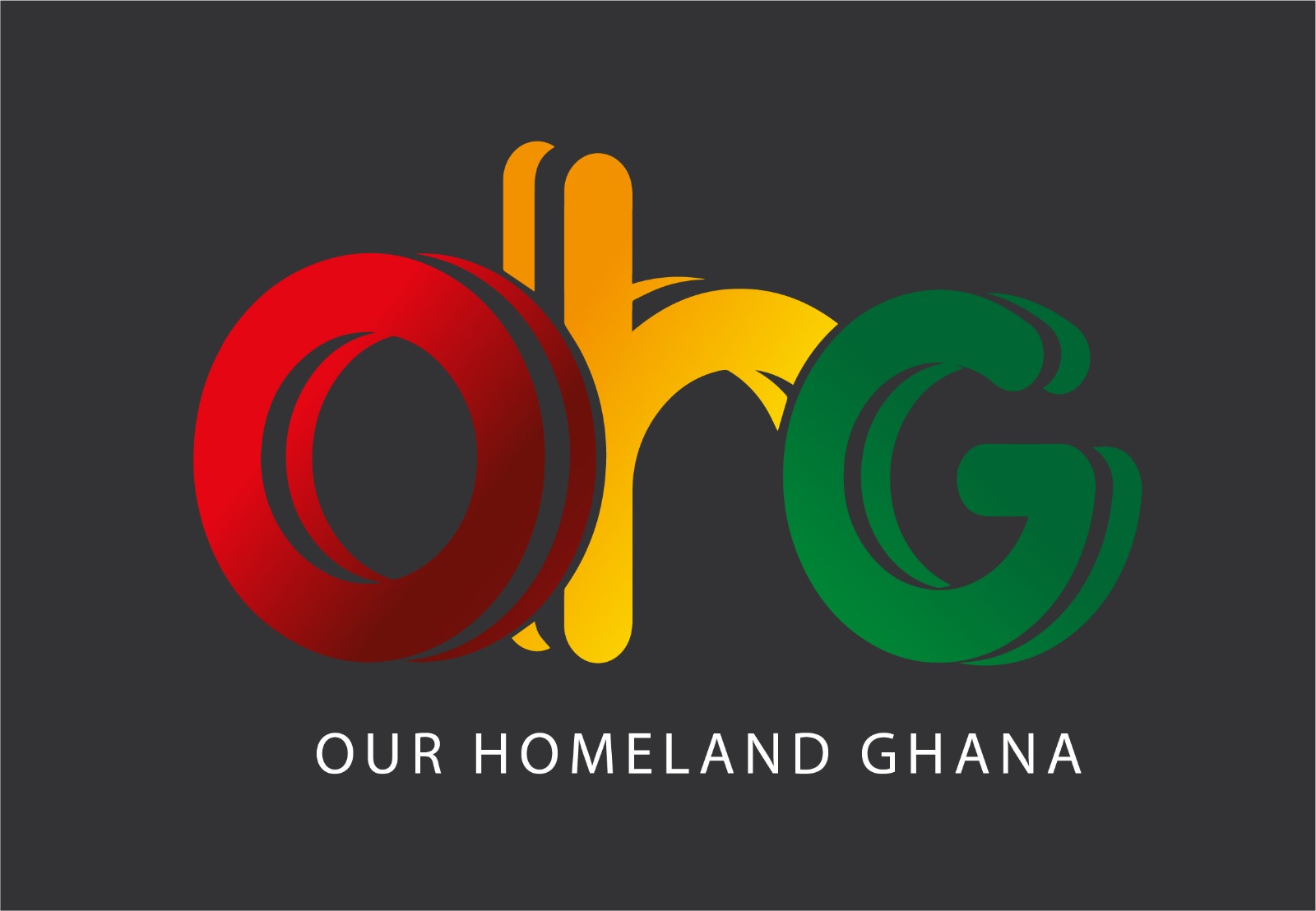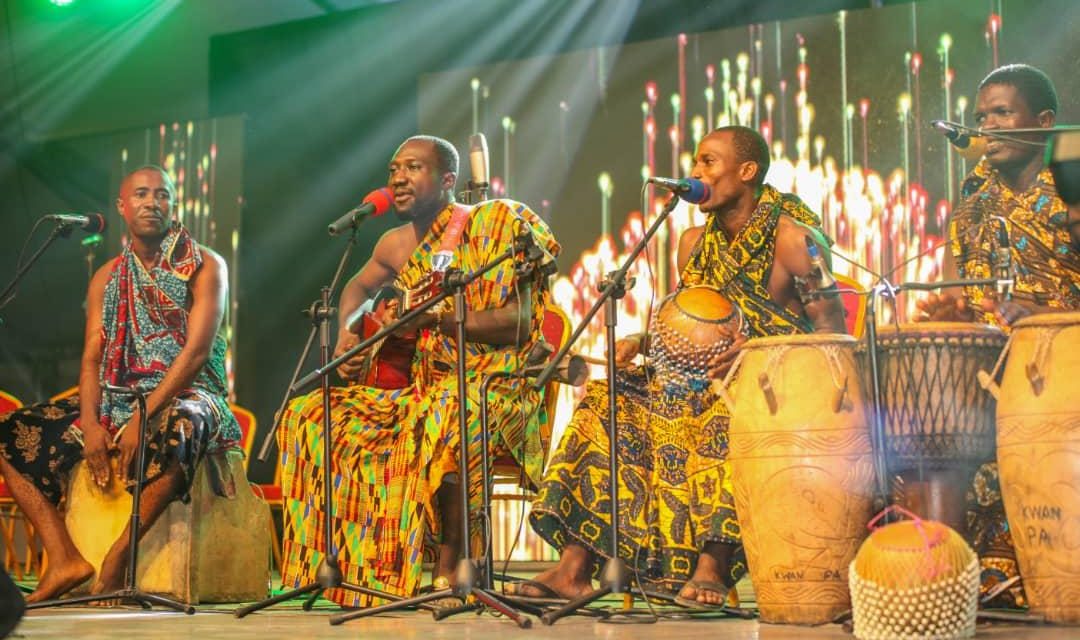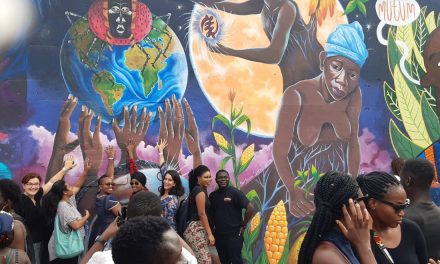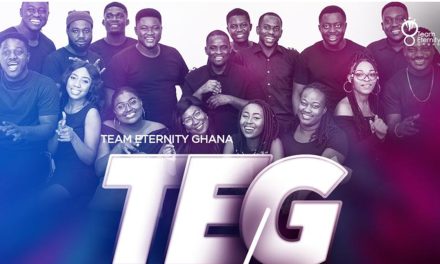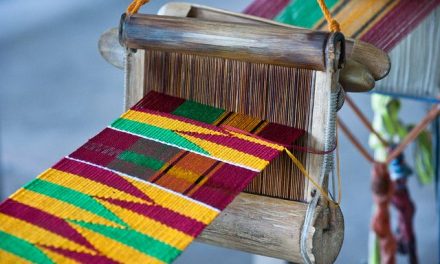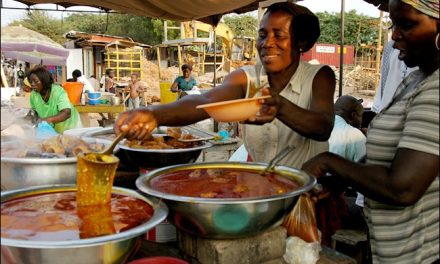Ghana, a nation renowned for its rich cultural tapestry and vibrant traditions, has also made significant strides in the world of modern music. With a deep-rooted musical heritage that spans centuries, Ghanaian musicians have masterfully woven together the threads of tradition and innovation to create a musical landscape that is as diverse as it is captivating. In this article, we delve into the fascinating journey of modern Ghanaian music, where age-old rhythms harmoniously merge with contemporary beats.
Traditional Ghanaian music forms the heartbeat of the nation’s musical identity. The intricate rhythms, melodic patterns, and spiritually significant elements of indigenous music have long been central to Ghana’s cultural expression. From the hypnotic rhythms of the “kpanlogo” drumming to the soul-stirring melodies of the “adowa” songs, these ancient musical forms have left an indelible mark on modern Ghanaian music.
One cannot discuss modern Ghanaian music without mentioning “highlife,” a genre that emerged in the early 20th century. Highlife blends Ghanaian melodies and rhythms with Western musical instruments and structures, creating a unique fusion that quickly gained popularity both within and beyond the country’s borders. Pioneers like E.T. Mensah and Osibisa introduced highlife to global audiences, leaving an enduring influence on subsequent generations of musicians.
In recent years, Ghana’s musical prowess has surged to international prominence through the rise of “Afrobeats,” a genre that seamlessly blends African rhythms with contemporary pop, hip-hop, and electronic elements. Artists like Sarkodie, Stonebwoy, and Shatta Wale have played pivotal roles in bringing Afrobeats to the forefront of the global music scene. Drawing inspiration from traditional rhythms while infusing modern production techniques, Afrobeats is a testament to Ghana’s ability to adapt and innovate.
While highlife’s golden era may have passed, its influence continues to be felt in contemporary Ghanaian music. Musicians are reimagining highlife by infusing it with modern genres, resulting in a fusion that appeals to both older generations and the youth. This fusion allows for a bridge between the past and the present, creating a nostalgic yet refreshing musical experience.
Ghanaian artists are not afraid to experiment, often blending genres and pushing artistic boundaries. Traditional instruments find their way into modern compositions, and lyrics explore social, political, and cultural themes. This experimentation not only keeps the music dynamic but also serves as a means of preserving and revitalizing traditional elements in a rapidly changing world.
The global music industry has seen Ghanaian artists collaborating with musicians from various corners of the world. These collaborations not only introduce Ghanaian sounds to new audiences but also enrich the music by blending diverse influences. The fusion of Ghanaian rhythms with Western, Caribbean, and other African musical elements creates a captivating sonic journey that resonates with listeners worldwide.
Ghanaian music serves as a living testament to the country’s ability to honor its past while embracing the future. By weaving the threads of tradition and innovation, Ghanaian musicians have created a musical landscape that is vibrant, dynamic, and uniquely their own. From the beats of highlife to the rhythms of Afrobeats, modern Ghanaian music continues to captivate hearts and showcase the rich cultural heritage that defines this nation.
